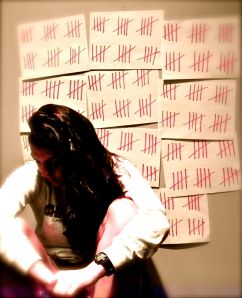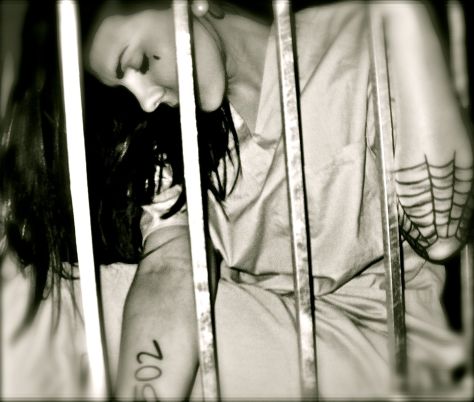Over the years, many people have asked me why I don’t pursue a career in tattooing, or ask the constant question, “Have you ever thought about becoming a tattoo artist?” Yes, of course I have thought about it! I love the art of tattooing, the designs and expression involved. I have researched the process and witnessed established artists at work, but the truth is, I don’t have the talent or desire to pursue the career. I always tell people that tattooing involves some extra “T’s:” talent, training, time and tenacity.
Talent
I will be honest with you, if you cannot color inside the lines and your idea of a masterpiece is a fully humanized stick figure, then you’re probably not going to be a very successful tattoo artist.
Tattoo artistry is much different than simply drawing with pen or pencil on paper, but the skills for the trade begin there. In order to even consider entering the industry, you will need the basic raw talents of drawing or sketching, shading and tracing. You will also need to create your own designs, using what is called flash art, in a portfolio.
Training
If you do have raw artistic talent, you will now need skill. You can develop skill in tattooing by taking classes, working with other artists, watching videos, reading books, participating in online training courses, and of course, practicing. The mastery of tattooing requires lots and lots of practice.
There are various schools that teach the art of tattooing. Most programs take one year to complete and include a final certification exam, but that may vary depending on the school and state.
In general, most professional tattoo artists recommend that you serve as an apprentice before attempting to become a tattoo artist. Actually, the majority of states even require that tattoo artists have logged a certain number of hours as an apprentice before being licensed to work. (It is important to find an apprenticeship that best suits you.) Aside from developing the craft of applying tattoos, you will learn how to clean your equipment to meet health regulations, operate a tattoo machine, adjust your power supply, protect yourself and your clients from disease, manage your business, price your work and understand other business details.
Time
Apprenticeships can last varied lengths of time; however, most last five years. It typically takes six to 12 months before you will be allowed to start tattooing. When you have completed your apprenticeship, you will then be considered a journeyman. Once you have spent 10 years as a journeyman, you will be considered a professional tattoo artist.
Tenacity
Because the process is strenuous and can be expensive and time consuming, a person who truly desires to become a tattoo artist must be tenacious. It takes much more than talent; it also takes desire, perseverance and a love and passion for the art of tattooing.
Do you have the talent to become a tattoo artist? If so, have you ever thought about pursuing this line of work?





